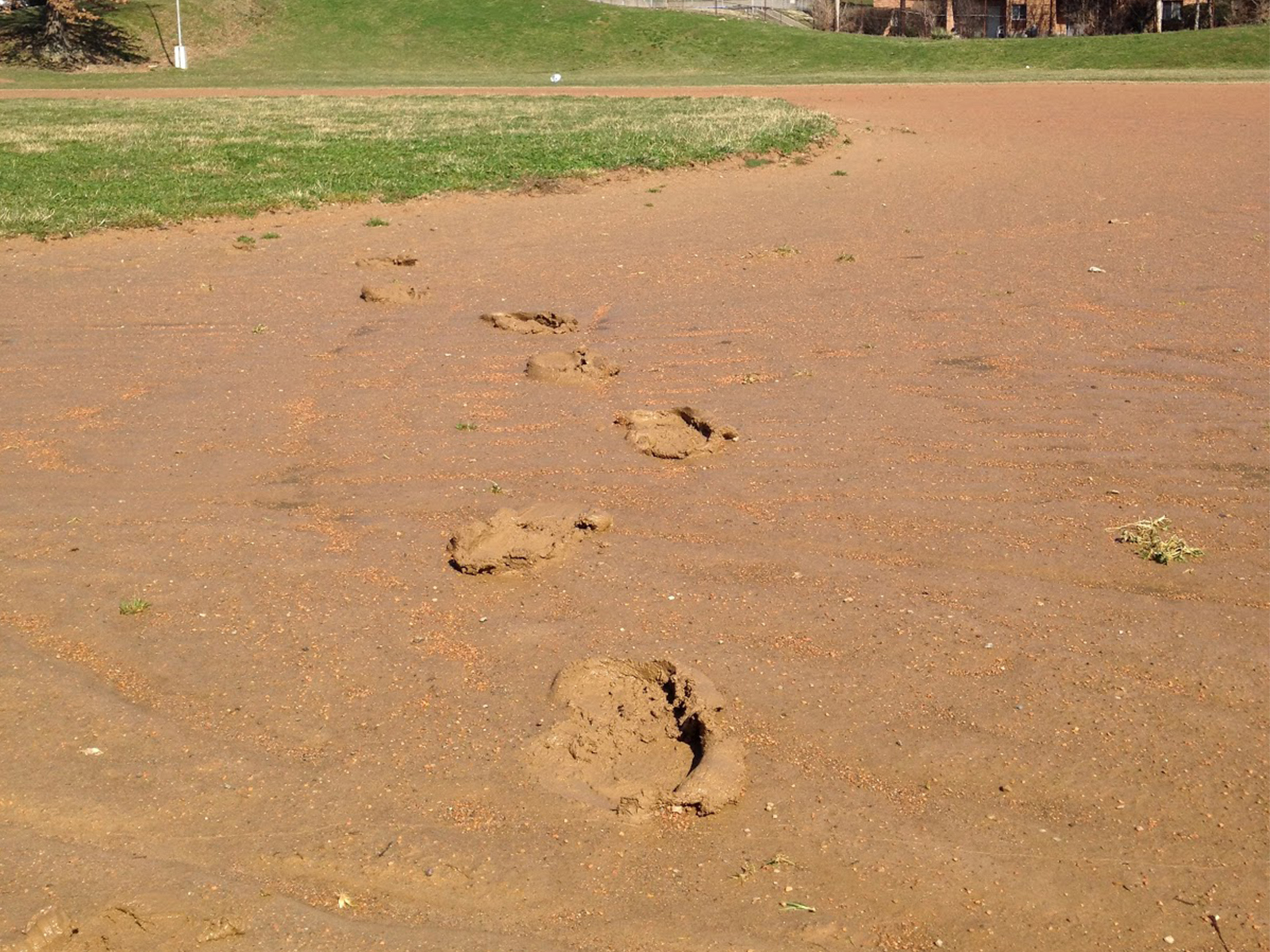For your infield to perform well, it needs the proper mix of sand, silt, and clay. Any material between 0.05 mm and 0.002 mm in size is considered silt or clay. It’s a good idea to test your infield mix regularly to understand its composition. Use the information below as you interpret the test results specific to silt and clay.
Silt and Clay Content
At the recreational and high school levels, the combined silt and clay content should be 25-30% of the infield mix. At the college level, it should be 31-35%. Then at the professional level, the combined silt and clay content should be 38-42% of the infield mix.
Silt Content
It’s a good idea to use an infield test that includes a hydrometer reading because the results will include an analysis of how fine or coarse the silt is. Finer silt performs like clay, while coarser silt performs more like fine sand. Coarser silt makes the infield less stable when wet. Understanding the quality of your silt will help you balance your infield mix for the best performance.
The photo below shows an infield that has high levels of fine and very fine sand, in addition to high levels of coarse silt. As you can see, the infield lacks structural stability.

Clay Content
Infields with similar clay percentages may perform differently because they contain different clay minerals. Clay minerals are what give the infield its distinct color, and they also affect expansion and contraction through cycles of wet and dry conditions. Again, pay attention to the quality of your clay so you can balance your infield mix accordingly.
The silt and clay results from an infield test are crucial to understanding your infield mix. Pay attention to the combined content of silt and clay in your mix, as well as the individual compositions of both. For further help interpreting test results, reach out to your ATS sales representative with any questions.












